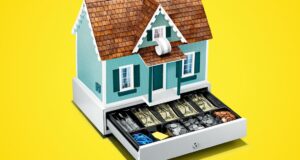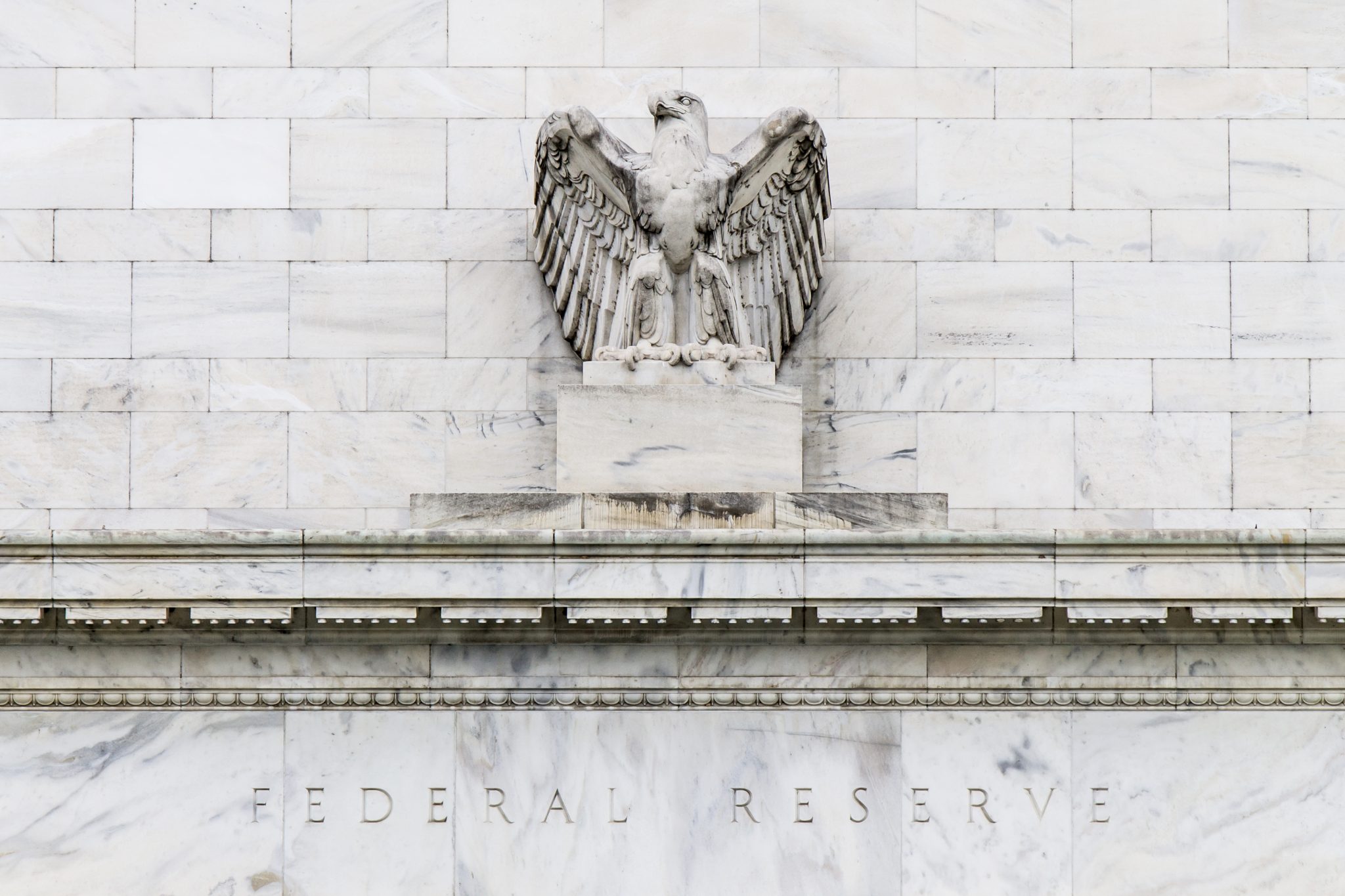
A new survey by Business Insider and Morning Consult found that more than half of millennials surveyed owe more than $100,000 on their mortgage—making housing their largest share of debt.
More than 2,000 were polled in the survey and more than 670 respondents identified as being a millennials, defined as ages 23-38.
Millennial respondents with a mortgage came in at 27.7% and 23% owe $50,000 to $100,000.
The survey also found that nearly as many millennials have a mortgage as those that have undergraduate student loan debt (28.4%). More than half of the respondents owe between $5,000 and $30,000, which does not include the additional 11% of millennials that say they have post-graduate student debt.
“These debt loads make sense considering that both home prices and college tuition have skyrocketed over the past 40 to 50 years. College tuition in particular has more than doubled since the 1980s,” the survey states.
A report by the U.S. Federal Housing Agency found that the median-sales price has increased by 39% since the 1970s.
Housing debt, however, impacts more than just the millennial generation. A quarterly report released by the Federal Reserve Bank of New York in August found that household debt increased to $13.86 trillion (1.4%) in Q2 2019. This is the 20th-consecutive quarter with an increase, according to the Fed’s Center for Microeconomic Data (CMD).
Specifically, the CMD report states that Mortgage balances—the largest component of household debt—rose by $162 billion in Q2 2019 to $9.4 trillion slightly higher than the previous high of $9.3 trillion from the Q3 2008. Meanwhile, non-housing balances increased by $37 billion in the second quarter, with a $17 billion increase in auto loan balances and a $20 billion increase in credit card balances offsetting an $8 billion decline in student loan balances.
“While nominal mortgage balances are now slightly above the previous peak seen in the third quarter of 2008, mortgage delinquencies and the average credit profile of mortgage borrowers have continued to improve,” said Wilbert van der Klaauw, SVP at the New York Fed. “The data suggest a more nuanced picture for other forms of household debt, with credit card delinquency rates continuing to rise.”

 DSNews The homepage of the servicing industry
DSNews The homepage of the servicing industry









